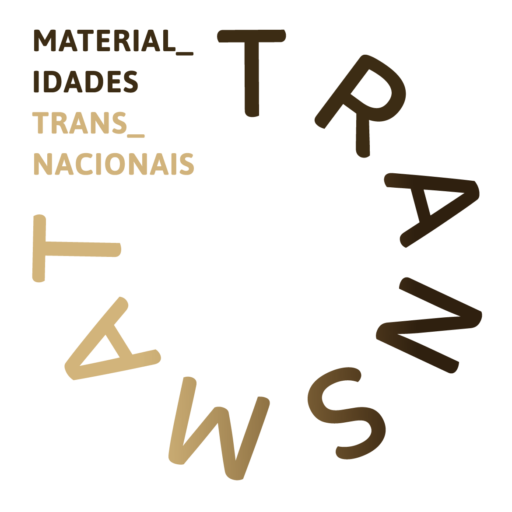SANTOS ROCHA MUNICIPAL MUSEUM (Museu Municipal Santos Rocha)
Founded in 1894 by António dos Santos Rocha, the Museu Municipal Santos Rocha (MMSR) went through several periods that reflect the action carried out and the museological criteria that presided over its successive reinstallations in different physical spaces. Until 1910, it lived its golden phase, extending its fame across borders. The remarkable action of Santos Rocha, the works of the Archaeological Society of Figueira da Foz and the publications included in its Bulletin led the Municipal Museum to rank within the best national scientific institutions.
After being temporarily installed in Casa do Paço in 1894, the Museum was transferred to the Paços do Concelho building in 1899, where it remained until 1975. That same year, it officially openned to the public on a new building constructed with the technical and financial support of the Calouste Gulbenkian Foundation and designed by the architect Isaías Cardoso.
With the opening of its new space, a whole work of reinstallation and study of the pieces associated with a great effort to encourage public, community and schools involvement began. The Museum has a documentation center that offers a vast collection of works on themes fundamentally related to the History of Art, Archeology and Museology. It also has a significant bibliography on the local history and history of the Municipal Museum.
The Santos Rocha Municipal Museum is also equipped with a reading/consulting room and a visitable reservation space. The Museum does not have a loan service, however consultation and face-to-face reading can be carried out from Monday to Friday from 9:30 am to 12:30 pm and from 2:00 pm to 5:00 pm.
NATIONAL MUSEUM OF ARCHAEOLOGY (Museu Nacional de Arqueologia)
The Museu Nacional de Arqueologia (MNA) was founded in December 1893 at the proposal of Leite de Vasconcelos. In more than a century of existence this Museum has constituted itself as a reference institution in Portuguese Archeology, exchanging regular correspondence with museums, universities and research centers throughout the world. The Museum’s collection includes the initial collections of the Founder (José Leite de Vasconcelos) and Estácio da Veiga to which numerous others were added. Some by integration from other departments of the State (for example: archeology collections from the former Portuguese Royal House were incorporated into the Museum after the establishment of the Republic; archeology collections from the former Museum of Fine Arts were incorporated when the current National Museum of Ancient Art was created; etc.). Others by donation or legacy from collectors and friends of the Museum (for example donations from: Bustorff Silva, Luís Bramão, Samuel Levy, etc.). Some collections were incorporated thanks to the intense activity from the Museum’s own field work or from archaeologists, while others were added by government orders under the applicable legislation whenever the national value of archaeological assets discovered in the country was considered.
In addition to exhibitions, the Museum offers numerous other services: regular publications (from which the scientific journal O Arqueólogo Português, published since 1895 and the most important of its kind in Portugal, with a network of more than 300 corresponding institutions throughout the world, stands out); conservation and restoration of archaeological assets; seminars, conferences and specialty courses; educational and cultural extension services; access to a specialized library and to fundamental scientific research; a shop and bookshop, etc.
Conceived by the Founder to be a kind of “Museum of the Portuguese Man”, the MNA continues today with the same basic vocation, to tell the history of the population of our territory, from its origins to the Middle Ages, even though its collections contain cultural assets and documents that chronologically date back to the 20th century.
